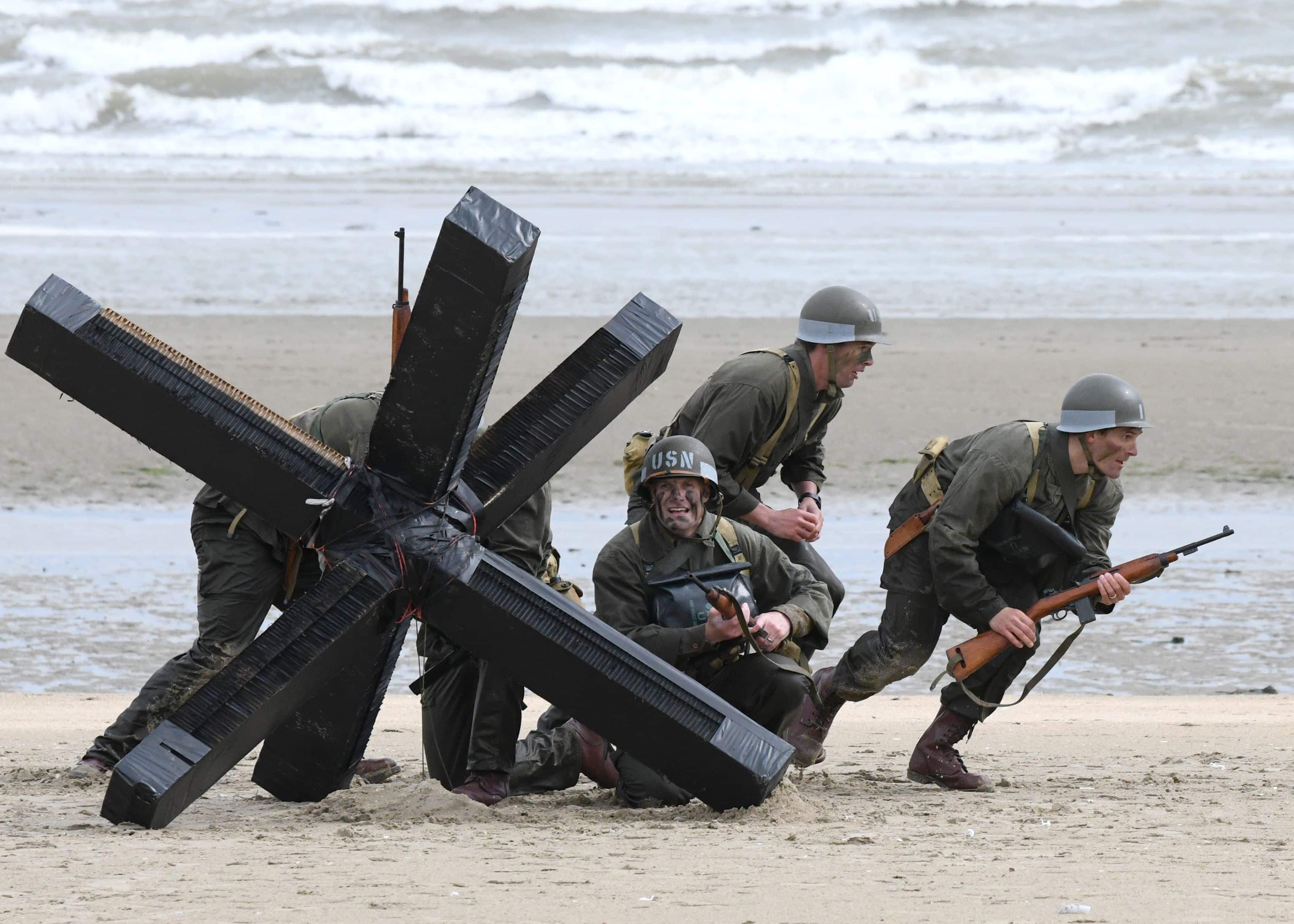Navy SEALs’ original missions centered on hydrographic reconnaissance and underwater demolition, crucial for potential amphibious landings. While the importance of hydrographic reconnaissance is sometimes questioned in today’s high-tech world, it remains a vital capability that the U.S. military wants in its arsenal, especially in potential large peer-to-peer conflicts. The need for these skills was established during World War II with the creation of the Navy’s Underwater Demolition Teams (UDTs), the predecessors of the SEALs.
Key Points:
- Hydrographic reconnaissance involves mapping out coastlines, while underwater demolition focuses on removing obstacles for amphibious landings. These missions originated with the Navy’s Underwater Demolition Teams during World War II.
- Extensive planning is necessary for both recon and demolition missions, involving the identification of target beaches, insertion methods, and optimal pathways for invading forces.
- The missions can be highly dangerous, with SEALs potentially having to place explosives under enemy fire in scenarios similar to World War II-style amphibious invasions.
- Modern technologies, such as drones and unmanned platforms, have led some to question the relevance of these traditional SEAL missions.
- Despite technological advancements, the U.S. military still values the capabilities offered by hydrographic reconnaissance and underwater demolitions, considering them important for potential future conflicts.
Source: https://www.sandboxx.us/news/the-navy-seal-teams-two-original-and-little-known-missions/






